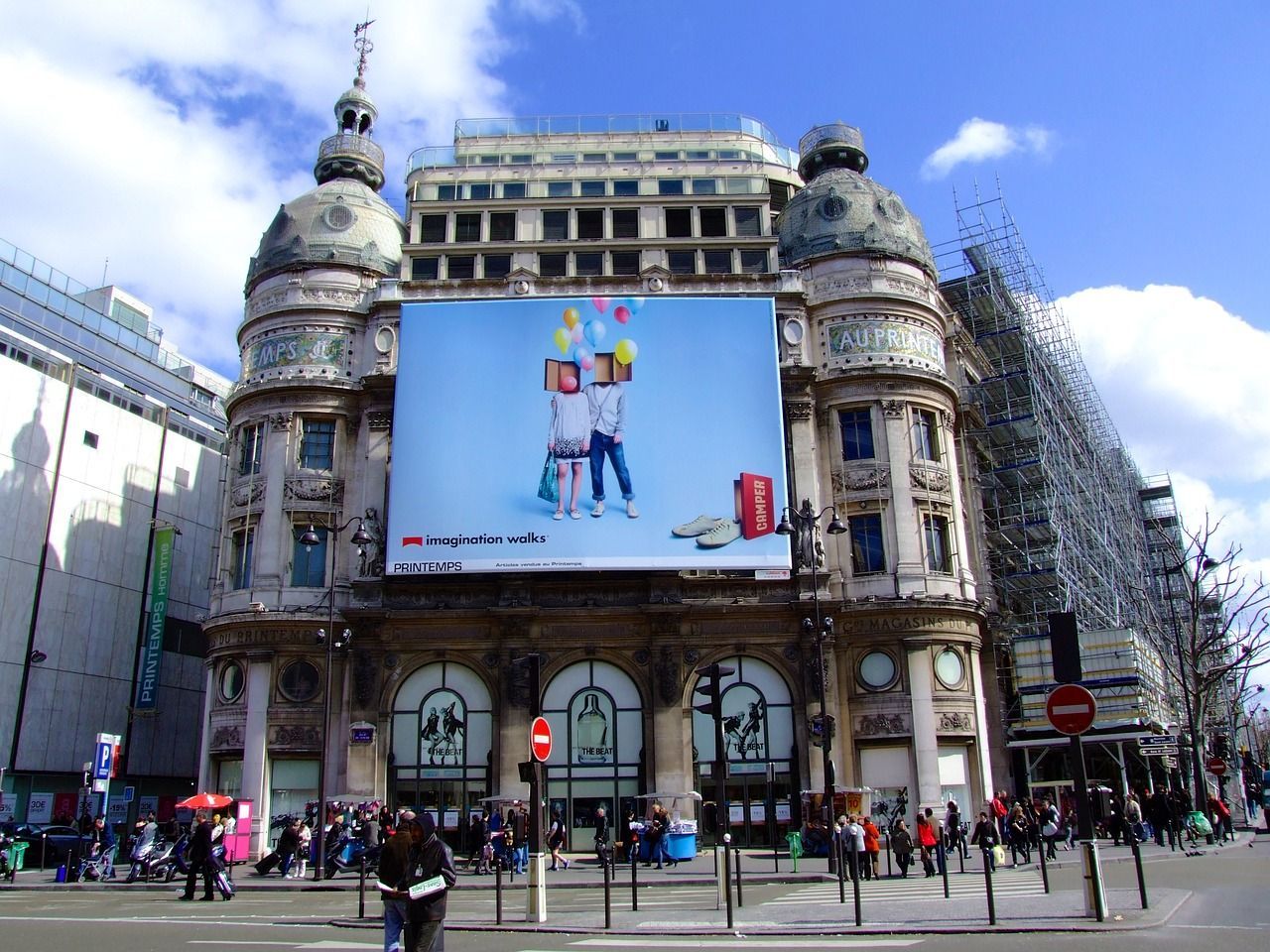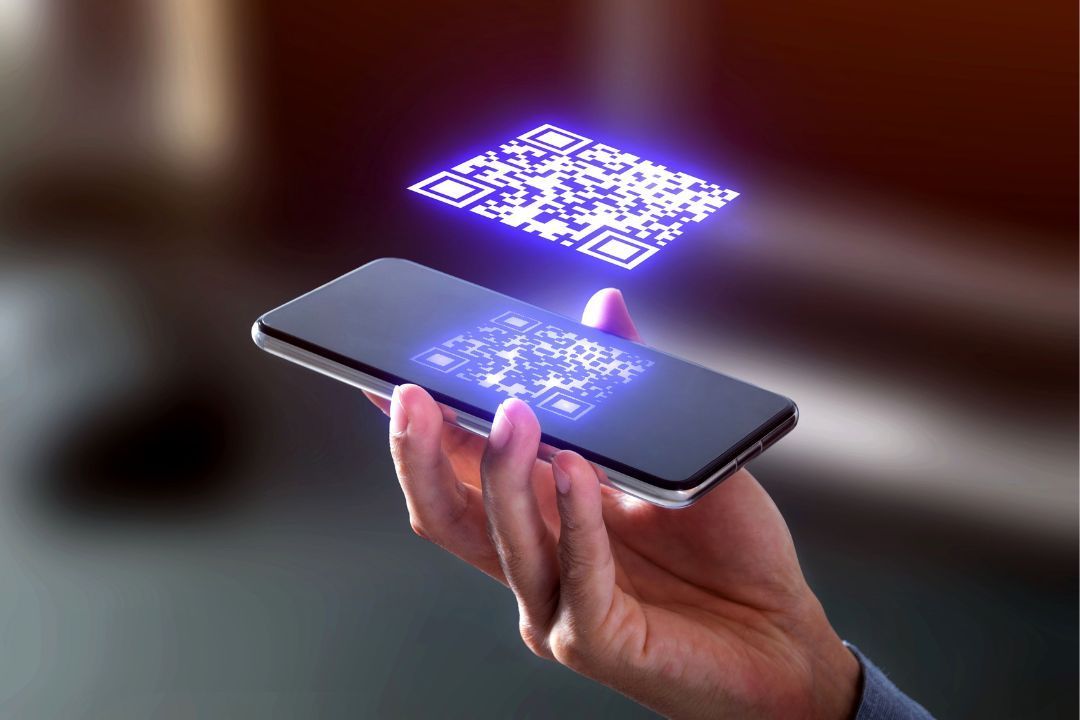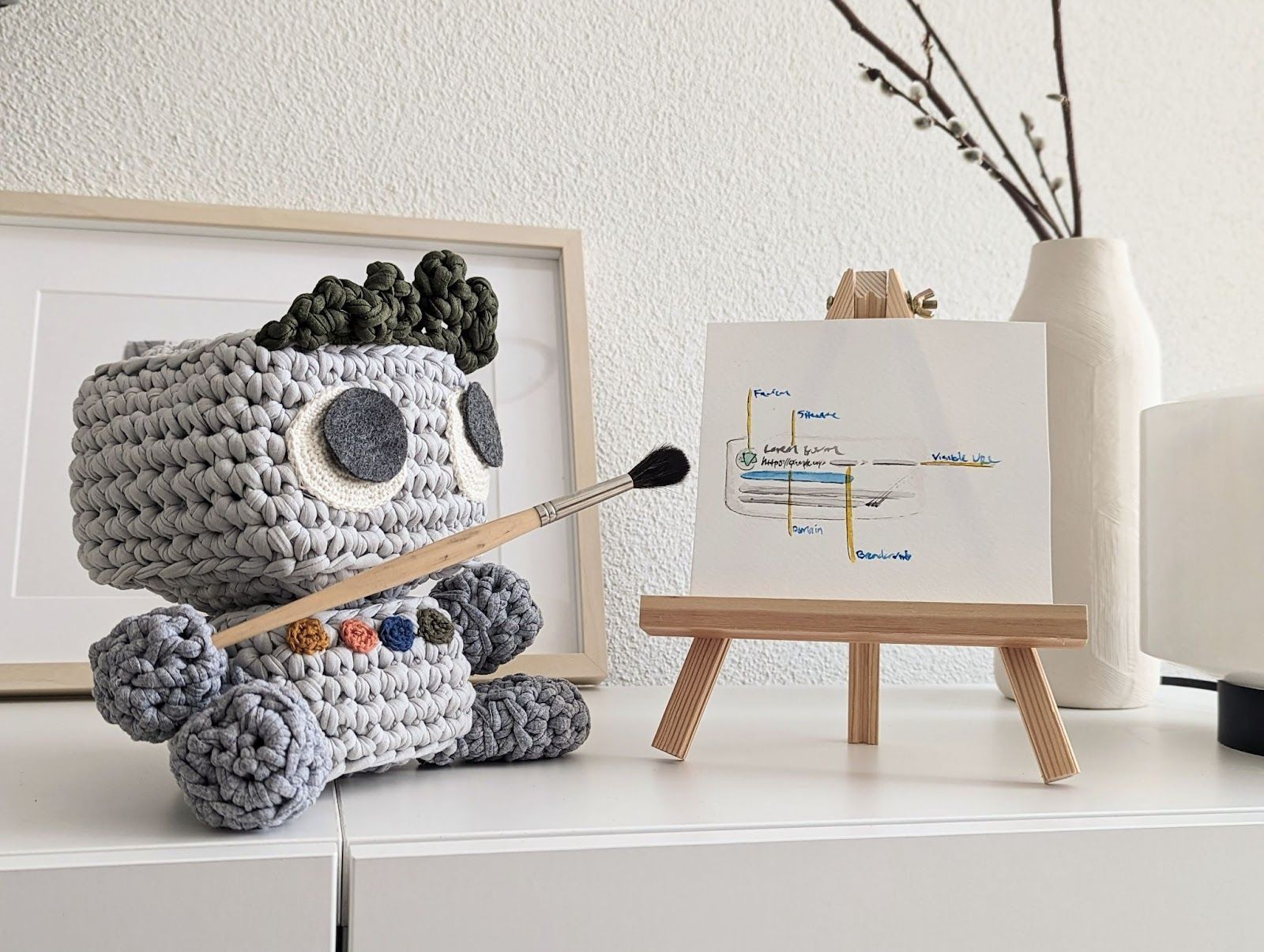Harnessing the Power of OOH Advertising to Make Your Brand Stand Out

In an era where digital advertising dominates the marketing landscape, the persistent effectiveness of Out-Of-Home (OOH) advertising stands as a testament to its unique ability to capture attention and drive brand recognition. As digital fatigue sets in among consumers, brands are rediscovering the value of OOH media—particularly as an advertising medium that offers a larger-than-life presence in the physical world. This article explores how to leverage OOH advertising to make your brand stand out, differentiate itself, and drive meaningful engagement with target audiences.
The Enduring Power of OOH Advertising
Outdoor advertising, or OOH advertising, refers to any visual advertising media found outside the home. This includes billboards, bus shelters, transit ads, and increasingly, digital OOH (DOOH) formats. Unlike other advertising mediums, OOH ads reach consumers where they live, work, and play, making them an integral part of the urban landscape.
One of OOH advertising's core strengths is its ability to generate strong branding. Because these ads are often encountered repeatedly during daily commutes or other routines, they foster high brand recognition and recall. Furthermore, the physical size and strategic placement of OOH ads make them impossible to ignore, helping brands stand out in a crowded marketplace.

Breaking Through Digital Fatigue
With the surge in digital advertising, consumers are becoming increasingly overwhelmed by the sheer volume of online ads they encounter daily. This phenomenon, known as digital fatigue, diminishes the effectiveness of digital advertising as consumers develop a subconscious tendency to tune out these messages. With its tangible, real-world presence, OOH advertising offers a refreshing alternative. It provides a welcome break from the screen and can reach audiences in moments when they are more open to receiving marketing messages.
Augmented Reality and OOH: A Winning Combination
One of the most exciting developments in OOH advertising is integrating augmented reality (AR) technologies. AR transforms traditional static billboards and murals into interactive, immersive experiences that engage consumers more deeply. For example, an augmented reality mural might come to life through a smartphone app, allowing users to explore additional content, play games, or even purchase directly from the ad.
This interactivity captivates audiences and provides brands with valuable metrics and analytics. By tracking user engagement, brands can gain insights into who their audience is, what they are interested in, and how they interact with the ad. This data can be invaluable for refining future campaigns and optimizing marketing strategies.

QR Codes: Bridging the Gap Between Physical and Digital
QR codes are another tool that can enhance the effectiveness of OOH campaigns. By incorporating QR codes into OOH ads, brands can bridge the physical and digital worlds seamlessly. When scanned, these codes can direct consumers to a landing page, video, or special offer, extending the interaction beyond the initial encounter with the ad.
Using QR codes also provides a way to measure the effectiveness of OOH campaigns—a challenge that has historically been difficult to overcome. By tracking the number of scans and subsequent actions taken by consumers, brands can gauge the direct impact of their OOH efforts on purchase decisions and brand awareness.
Differentiating Your Brand with OOH Campaigns
To truly stand out with OOH advertising, it’s essential to differentiate your brand through creative and strategic use of this medium. Here are a few strategies to consider:
- Leverage Local Culture: Tailor your OOH ads to reflect the local culture and community where they are displayed. This enhances relevance and fosters a stronger connection with the audience.
- Use High-Impact Visuals: OOH is a visual medium, so your ad’s design should be bold, clear, and memorable. High-impact visuals and a strong brand message can make your ad unforgettable.
- Incorporate Storytelling: Engage your audience with a compelling story that unfolds across multiple OOH touchpoints. This approach captures attention and encourages consumers to seek out the next chapter in your brand’s narrative.
- Experiment with Formats: OOH offers a variety of formats, from traditional billboards to digital screens and transit ads. Experimenting with different formats can help you find the one that resonates most with your target audience.
Measuring the Success of OOH Campaigns
While OOH advertising offers many benefits, measuring its success has traditionally been challenging. However, with the advent of digital technologies and AR, it is now possible to gain more precise metrics. By tracking engagement through QR codes, AR interactions, and even social media mentions, brands can better understand how their OOH campaigns are performing.
Moreover, advancements in digital OOH (DOOH) have made it possible to use real-time data to optimize campaigns on the fly. For example, DOOH ads can be programmed to change based on the time of day, weather conditions, or even the demographics of the audience in the vicinity. This flexibility allows for more targeted and effective campaigns, ensuring your brand message reaches the right people at the right time.

The Future of OOH Advertising
As technology continues to evolve, so will the possibilities for OOH advertising. Integrating AR and other interactive elements will become increasingly common, offering brands new ways to engage with their audiences. Additionally, as consumers continue to seek relief from digital fatigue, the value of OOH as a powerful branding tool will only grow.
For brands looking to make a lasting impact, OOH advertising offers a unique opportunity to differentiate themselves in a crowded market. By embracing the latest innovations and leveraging the strengths of this timeless medium, brands can create unforgettable experiences that resonate with their target audiences and drive real-world results.
In conclusion, OOH advertising is not just a relic of the past but a vibrant and evolving medium that offers unique advantages in today’s digital-first world. Whether through augmented reality billboards, interactive murals, or cleverly designed transit ads, OOH campaigns provide a powerful way to enhance brand awareness, reach new audiences, and, ultimately, drive purchase decisions.
TALK TO A PRO
We're here to bring your brand to life!
Stay Connected with BrandXR
Create Augmented Reality for Free!
Create, Publish, and Measure 3D Augmented Reality Experiences Without Having to Code.














